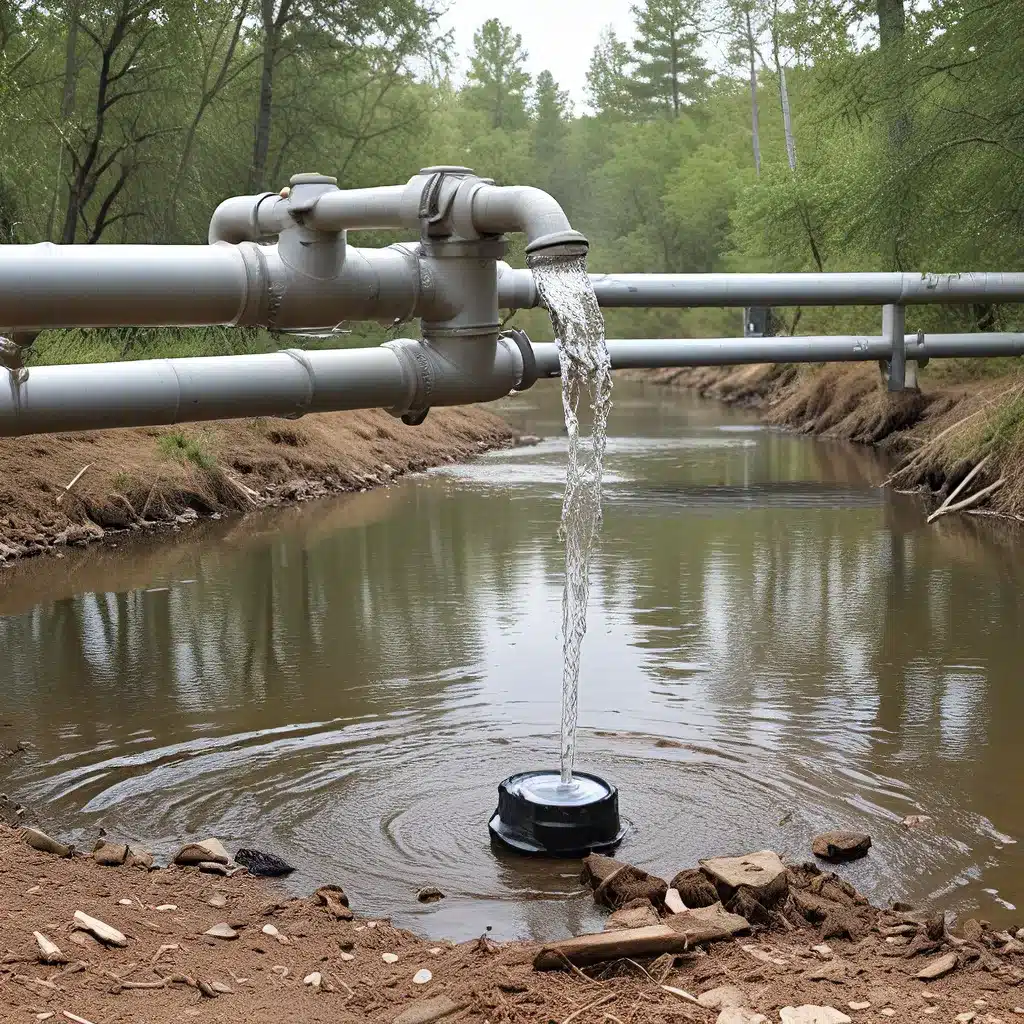
Battling the Dragon’s Thirst: A Tale of Water Scarcity and Ambitious Feats
Oh, the stories I could tell you about the quest for water in this thirsty land! It’s like something out of a mythical tale – dragons constantly prowling, searching for their next drink to quench their insatiable appetite. But in this case, the dragon is China, and its ravenous thirst has led to some truly colossal engineering projects.
Let me take you back to the legend of Yu, the ancient hero who tamed China’s rivers and was made emperor for his efforts. You see, China’s rulers have always understood the critical importance of water in ensuring their country’s prosperity. And the challenges they face today are no less daunting than in the past.
Confronting Acute Scarcity
China’s water resources are unevenly distributed, with the dry north grappling with a mere fraction of the water availability found in the rainy south. And with over 1.3 billion people, a third of whom are concentrated in the relatively arid Huang-Huai-Hai river basins, the country’s per capita water availability is alarmingly low.
But it’s not just the unequal distribution that’s the problem. Low water productivity in agriculture, industry, and energy sectors has exacerbated the country’s water scarcity. And to make matters worse, climate change is disrupting weather patterns and accelerating the melting of glaciers, further diminishing surface water supplies.
Widespread pollution from industrial and domestic wastewater has also taken a toll, with 90% of China’s rivers near urban areas running dry. This has led to a rising dependence on groundwater, causing critical rivers, lakes, and wetlands to dry up and land to subside.
Replumbing China
As the sense of crisis has intensified, China’s technocrats have pursued more ambitious efforts to expand water supply. Over the past two and a half decades, they’ve embarked on a series of long-distance water transfer projects, diverting water from southern rivers to the dry northern cities.
The most ambitious of these is the South-North Water Transfer Project, a colossal waterworks that will link up China’s four main rivers – the Yangtze, Yellow, Huaihe, and Haihe – and divert water along three massive canals. The Eastern route will tap the lower reaches of the Yangtze, the Central route will draw from the Han River, and the Western route will venture into the Tibetan Plateau to replenish the Yellow River.
The New York Times map of the South-North Water Transfer Project
When completed, this project will be a true engineering marvel, capable of delivering over a billion cubic meters of water annually to northern cities like Beijing. It’s an ambitious endeavor that has been decades in the making, with roots tracing back to Mao Zedong’s vision of moving mountains to quench the thirst of the north.
A Flood of Controversy
But as the work has progressed, the controversy surrounding the project has grown louder. Prominent scientists and environmentalists have raised concerns about the potential for transmitting diseases, the impact on wetlands, and the ecological consequences of the construction process.
Some provincial and municipal authorities have also pushed back, arguing that their local resources are being captured for the benefit of relatively better-developed regions. Farmers in Hebei, for instance, have been forced to switch from water-intensive rice to more drought-tolerant corn, while entire communities have been displaced to make way for the diversion.
The Western section of the project, which aims to tap the rivers of the Tibetan Plateau, has faced the greatest opposition. Chinese scientists have urged the government to suspend the project for further study, and India has expressed concerns about the potential impact on the Brahmaputra River, which flows into India and Bangladesh.
Reengineering Demand: Less Can Mean More
In response to the growing criticism, China’s leaders have started to focus on demand-side approaches to water management. Conservation policies, water pricing reforms, and the development of water trading systems are all gaining traction as ways to curb the country’s thirst.
The government has set ambitious targets for reducing water consumption in agriculture and industry, and has even begun subsidizing farmers to improve the efficiency of their irrigation systems. Water tariff reforms in cities are also driving up prices, forcing residents to rethink their water usage.
But these efforts are not without their challenges. Changing entrenched patterns of water use is a gargantuan task, and the public remains fiercely opposed to significant price increases. After all, who wants to pay more for the basic necessity of life?
Quenching the Thirst: A Delicate Balance
As China grapples with its water woes, it’s clear that a multi-pronged approach is needed. The massive South-North Water Transfer Project will undoubtedly continue to play a role, but it’s being complemented by a growing emphasis on conservation, efficiency, and market-based solutions.
It’s a delicate balance, to be sure. China must find a way to meet the water needs of its people and industries while also protecting the environment and mitigating the social and economic impacts of its water management strategies.
Inland Waters Inc. has been at the forefront of these challenges, providing innovative water treatment solutions and environmental services to communities and industries across China. Their expertise in areas like desalination, wastewater treatment, and water conservation could be invaluable in the country’s quest to quench the thirst of the dragon.
The road ahead may be long and winding, but China’s determination to ensure its people have access to clean, reliable water is unwavering. And who knows – maybe one day, the legend of Yu will be joined by a new tale of triumph, where the dragon’s thirst is finally slaked through a delicate balance of engineering, conservation, and innovation.


